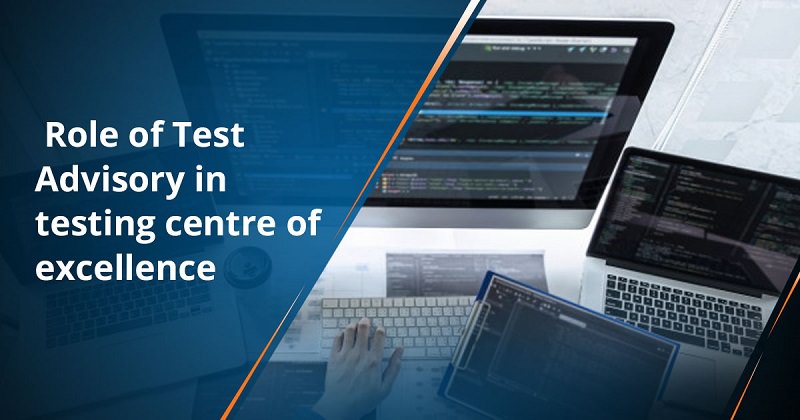
The agile testing lifecycle comprises the planning of a sprint, designing a test case framework, conducting actual testing, ensuring product stability, and executing regression testing.
The digital landscape of today has given enterprises the tools, technologies, and methodologies to achieve a slew of objectives. These include improving the quality of software applications according to the market demand, accelerating the time to market, taking quick decisions in real-time, and becoming competitive. Agile has been one such methodology that has enabled enterprises to streamline their development, testing, and deployment processes based on the ever-changing demands of the end customers. Its structured approach balancing quality and speed can deliver value to the enterprises and their customers.
The high point of Agile way of development and delivery is increased collaboration between processes. Here, development and testing are not mutually exclusive and siloed processes but part of a continuum called sprint. The agile testing approach allows development and testing to be conducted simultaneously and throughout the SDLC. Further, the testers are involved in gathering requirements thereby facilitating the creation of test cases. Agile testing also involves the running of regression tests whenever a new feature is integrated into the software application. Using the agile model of development-testing-deployment, the QA team bakes in code quality and achieves robust business outcomes.
What is agile testing all about?
To overcome the inadequacies of traditional ‘waterfall’ testing methodology, the cross-functional agile quality assurance process integrates testing into the development phase. As testing is conducted incrementally (and iteratively) and in real-time, both development and QA are able to communicate and exchange information about the hidden glitches in the code to get them fixed.
In agile test management, a sprint is created to conduct specific development and testing related activities to be reviewed later. The sprint begins with a meeting where the development and testing teams realistically finalize the tasks to be accomplished. Thereafter, daily meetings are held to discuss the progress of testing and solutions are arrived at post brainstorming to sort out any challenges.
Agile testing strategy – advantages
The benefits of following an agile testing strategy include
- The requirements and modalities of testing are discussed collaboratively as a team. This offers team members with better insights into the business and technical aspects of testing enabling better alignment.
- Each testing requirement is defined based on a metric, which is measurable. This allows the QA specialists to understand whether the task has been completed.
- Test estimates are not overlooked as the QA specialists participate in the planning phase within a sprint.
- Regression testing is executed by leveraging test automation.
- The overall quality of code becomes the responsibility of the whole team (development and QA) rather than that of QA alone. At the beginning of development (and simultaneous testing,) the whole team agrees to the test strategies, prioritization of tests, and test cases.
Decoding the lifecycle of agile testing services
Following is the workflow of agile quality assurance involving both developers and testers.
Planning of a sprint: A sprint constitutes the total time given to the team to complete a user story. Here, development and testing are divided into small iterative and incremental processes. At the beginning, the project owner, developers, and QA specialists discuss the objectives to be achieved and activities to be performed within the sprint. It also includes the daily stand-ups to plan the course of the day.
Designing a test case: While the developers build user stories, the QA specialists design the test cases. The latter include various tests, parameters, and metrics to be conducted/monitored. The initial design of a test case determines how the subsequent test cases would be. The same is then shared with the development team for review. Thereafter, both the teams decide on the test cases to be automated.
Actual testing: In an agile environment, the testing team tests the user stories that are created by the development team. By working in tandem, the teams are able to detect (and fix) glitches early in the product lifecycle. The automated test cases are executed across the development cycle and the defects are fixed therein.
Product stability: The best part of working in an agile environment is the ability to add new features to the product at any stage without making it complex. The agile testing team ensures product stability after determining the requirement flow.
Regression testing: Post addition of a new user story to the development process, both manual and automated test cases are run to understand the impact of the new user story on the functioning of the product.
Conclusion
Agile testing breaks the barriers between development and testing processes and helps to eliminate glitches from the software code early. It is certainly capable of addressing the myriad challenges of the modern software development process compared to the traditional waterfall model.
Article Source:





